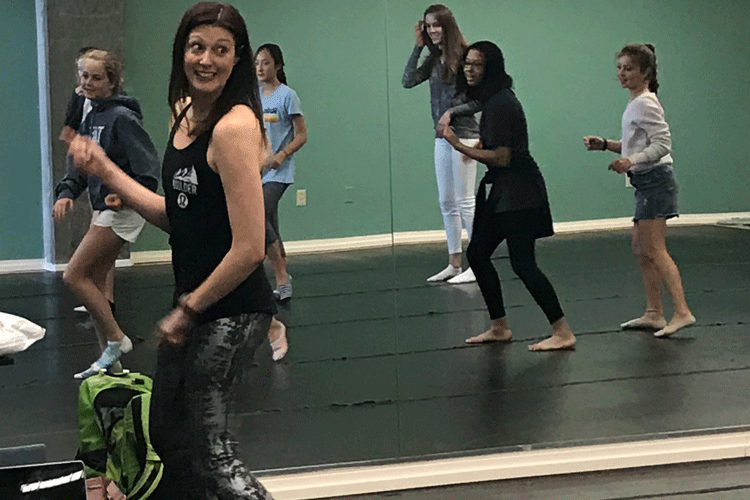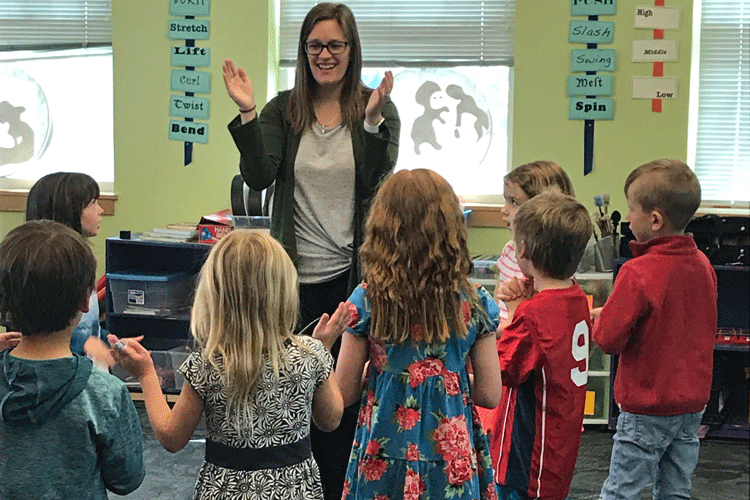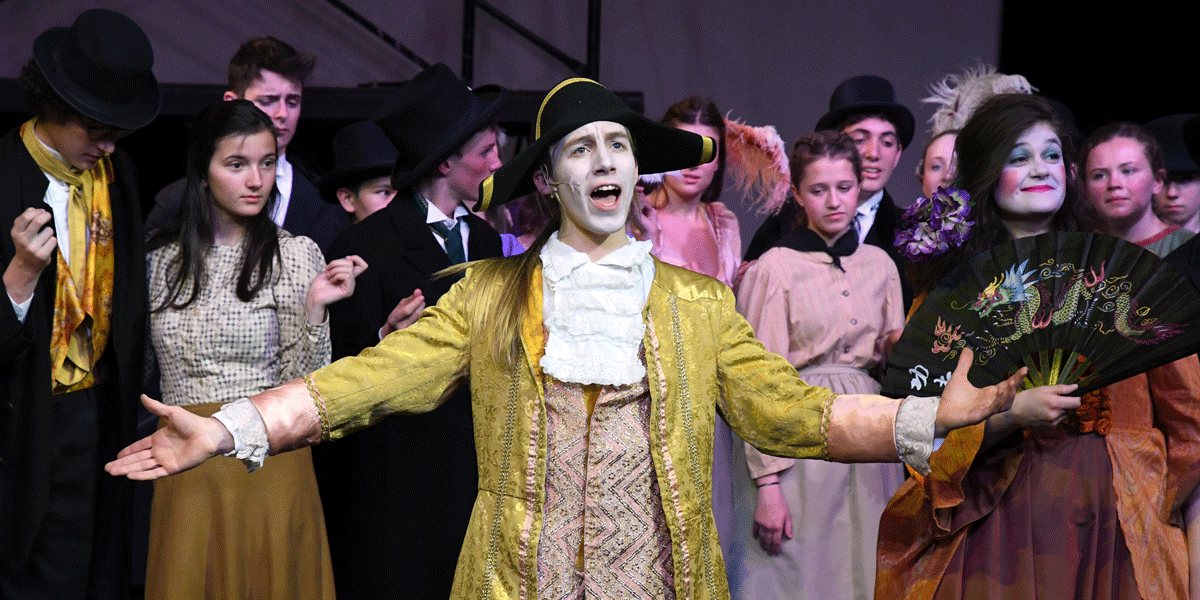Overheard on the patio of Keith’s Coffee Bar on Downing one sunny Sunday in April—“I don’t go to theater; it’s all about entertainment. That’s no substitute for art. It’s the death of creativity, that’s what it is. If I want to be entertained, I’ll play with my cell phone or go to a comedy club. Don’t people learn about art anymore?”
The two gentlemen were vintage urbanites and clearly expressive. They got me thinking about my department’s ongoing discussions as to how it is we cultivate creativity as arts educators, and how we intentionally encourage students to think like artists.
In every acting class I teach, I like to put up a sign on the first day to greet students with this appeal—DON’T CREATE! This isn’t what you think. It does not refer to the creative process of making art, but rather to the tyro actor’s tendency to construct an emotion, an alternate reality by watching themselves act without listening to others on stage.
The three habits of creativity
The Harvard Graduate School of Education holds a summer institute which explores the visionary concept of the Future of Learning—note, not the future of education, but of learning—through the lens of globalization and digital prowess, as well as through extensive findings in mind and brain research. In her 2014 TED talk, Cindy Meyers-Foley, Executive Assistant Director of Learning at the Columbus Museum of Art, and an instructor at the institute, talks about how we, as teachers, “are always on the defensive, making a case for our own existence.” She lists three habits which she says need to be part of all creativity: comfort with ambiguity, trans-disciplinary research, and idea generation that serves curiosity.
I love the ambiguity clause, for while we can make an argument that it defines the human condition as a whole, it is certainly the arrant reality of a life in art. You dispel the urge to narrowly define, you live with the gnawing irritation that a work never can be really finished, and, if you identify as an artist, you prepare yourself for a life of not knowing.
Also, in order to generate ideas, research beyond our immediate disciplines is essential—the world today is larger than it was last night—and conjured ideas must serve the curiosity of our students, instead of providing static templates that we hope they will adopt as their very own. Meyers-Foley argues, rather than display a Lego man as a model to copy, give kids a bucket of arms and legs and “the courage to have an idea so they may become master builders.” She is not negating the value of teaching skills, techniques, and some content; she is rather making a case for what art teachers intrinsically do at CA every day, which is to intentionally inspire children to have ideas that come from uncommon sources or from the depths of their own capacity for thought and reflection.
How is CA preparing for the future?
With the ongoing advancement of technology and social change, I ask myself what this will mean in terms of how our Colorado Academy students will learn in the future and what we might begin to imagine now to prepare ourselves for it, if such preparation is even possible. The greater quest for all of us is to envisage what is worth learning.
As the 24-Hour Play Project writers struggled with their assigned abstract images and prompts, I marveled to see truly fresh and cohesive ideas spill out, as well as some wild inklings of innovation and fancy which kindled artistic thinking, even if those first drafts did not result in polished texts.
In our Lower School classes, Art and Music students construct ideas that we as adults can only envy. On May 6, CA’s annual New Music Concert will reveal not only technical study, but also music written by students who have been taught by teacher Brian Golden that what they hear in their minds has meaning and is valued. And, in last month’s Upper School musical, Les Misérables, directed by Maclain Looper, equal to the stunning solos sung by leads were the simple but touching interactions of the ensemble, who exhibited nuance, performing to be truthful in an imaginary situation, which is the crux of all theater.

What do our teachers say about the future?
I asked three Arts Department teachers to consider this idea of the future of teaching as related to their particular disciplines so I could share their thoughts with you. Ceramics teacher Alecia Maher talked about her desire that students not be motivated by the “necessary evil” of grades in the study of their art, which can serve to undermine what we know about creativity and open-ended art making. She says they do not reflect “the infinite, nebulous, intuitive, idiosyncratic, and often inexplicable ways that artists make art.”

Dance instructor Melissa Zaremba says that in contemplating how we teach students to think like artists globally, we must cultivate “the skill of finding resonance of the human condition in a universal language.” Dance is universally spoken, she further explains. “We all move our bodies in some capacity every day, and many of those daily movements hold meaning rooted in our experiences as human beings.”

Finally, Lower School Music specialist Nora Golden says that “the future of teaching music is primarily related to both creating and community.” She talks about students using the tools they have learned and pushing themselves to go beyond and create something more interesting or challenging. “With the world having more technological but distant connections and less face-to-face engagement, music class provides the necessary practice for community and ensemble building skills.”
Focusing on the ensemble
I too am a fan of focusing on the ensemble, about what students will continue to learn as part of a larger artistic community, where the creation of ideas is encouraged and served, while teaching that nothing resembling excellence can ever occur without dedication, toil, and a channel that allows the student to dream, make mistakes, throw out the prototype, and begin anew. I would like to think that the future of learning in the arts will be to encourage open-minded young visionaries who recognize that an artistic creation will never be as rapid as a “text” or as rampant as a “tweet,” and that inquiry into historical and cultural research should always precede the whetting of conclusions.
Thomas Edison said of opportunity that it “is missed by most people because it is dressed in overalls and looks like work.” In teaching students to think like artists, I would like us to be able to gift them a personal pertinacity that they might always be driven by curiosity and purpose, no matter what direction that may lead, and that they will come to see industry as an aesthetic luxury. May their overalls come in living colors, and the work which engages their passions be an opus of creativity and love.
